Hollywood actress Hedy Lamarr was known for her gorgeous looks and striking presence. However, a lesser-known fact about her is that she was also an incredible inventor. She helped invent a few technologies that we can't live without today like WiFi, GPS and Bluetooth. A documentary on Netflix called "Bombshell: The Hedy Lamarr Story" features this newfound side of the actress's life.

After working 12-15 hours at the MGM Studios, the actress would skip the Hollywood parties and get to her second job of inventing. However, the lack of recognition for her work as an inventor left a gaping hole in her life. “Hedy always felt that people didn't appreciate her for her intelligence—that her beauty got in the way,” Richard Rhodes, a Pulitzer-winning historian who also wrote Lamarr's biography, was quoted as saying by History TV 18.
As per Rhodes, the actress had a wall full of engineering books and took her work as an inventor quite seriously. Although the actress didn't have a formal education in engineering or science, she was a natural problem solver. Her inventions were inspired by everyday problems like a tissue box attachment for depositing waste tissues and a glow-in-the-dark dog collar.
The actress played a major role in inventing "frequency-hopping" during World War II, a technology that played a fundamental role in secure communications. But unfortunately, she didn't get credit for the same until much later in life.
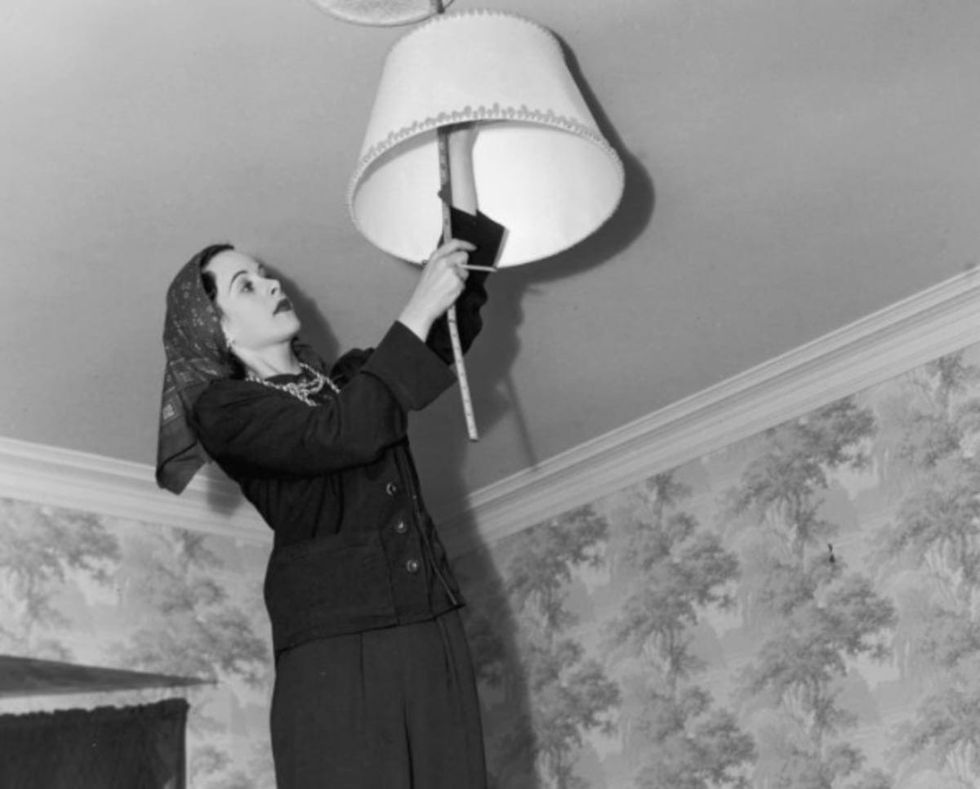
Hedy Lamarr was born in a progressive Jewish family. She received piano lessons, ballet lessons, and equestrian training as a child. She was also inclined toward machines and technology. At the age of 5, the actress took apart a music box and reassembled it piece by piece. She grew up in Vienna and during their walks on the streets, her father explained how street cars worked and how their electricity was generated at a power plant.
“Hedy did not grow up with any technical education, but she did have this personal connection,” Rhodes expressed. “She loved her father dearly, so it’s easy to see how from that, she might have developed an interest in the subject. And also it prepared her to be what she really was, a kind of amateur inventor.”
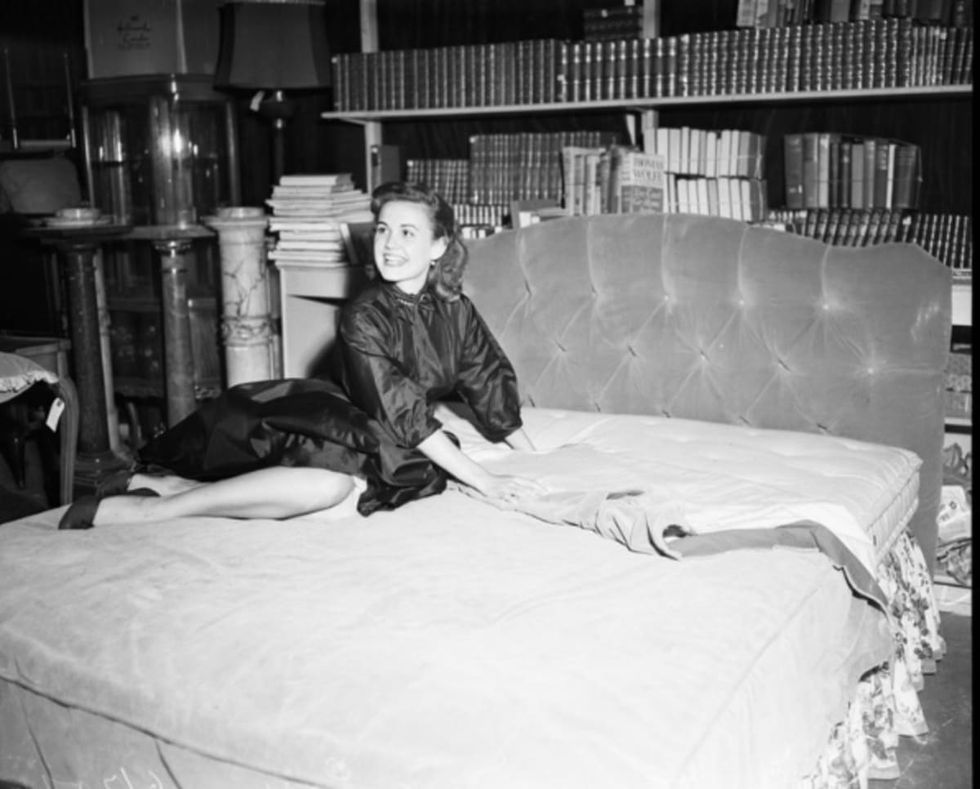
As being an inventor wasn't a career option for Viennese girls in the 1930s, Lamarr turned to acting at the age of 16. She was hailed as the most beautiful woman in Europe by Max Reinhardt, an Austrian director. However, it wasn't a life Lamarr wished for. She famously said, “Any girl can be glamorous. All you have to do is stand still and look stupid.”
In the meanwhile, as World War ll began and the Nazis started taking hold of more areas in Europe, the news coming out was no less than distressing. Lamarr was in London at this time and was determined to become a part of the war effort. Her opportunity came with the German U-boats submarines. These were disrupting the Atlantic, helping Germans gain control over more territory.

Lamarr soon came up with the idea of radio-controlled torpedoes along with George Antheil, an avant-garde music composer she met at a party. But the problem was, even if the radio-controlled torpedoes worked, what would stop Germans from simply cutting off the radio signal? This is when the duo's combined music knowledge was put to use.
The two of them would brainstorm until late at night and compose music to see if the other person could recognize it and start playing along. The solution was simple. When two musicians are playing a song they know, the person would know what to play next, but if someone doesn't know the song they won't know which key to press next. Thus, the signal would be hidden in constantly changing frequencies.
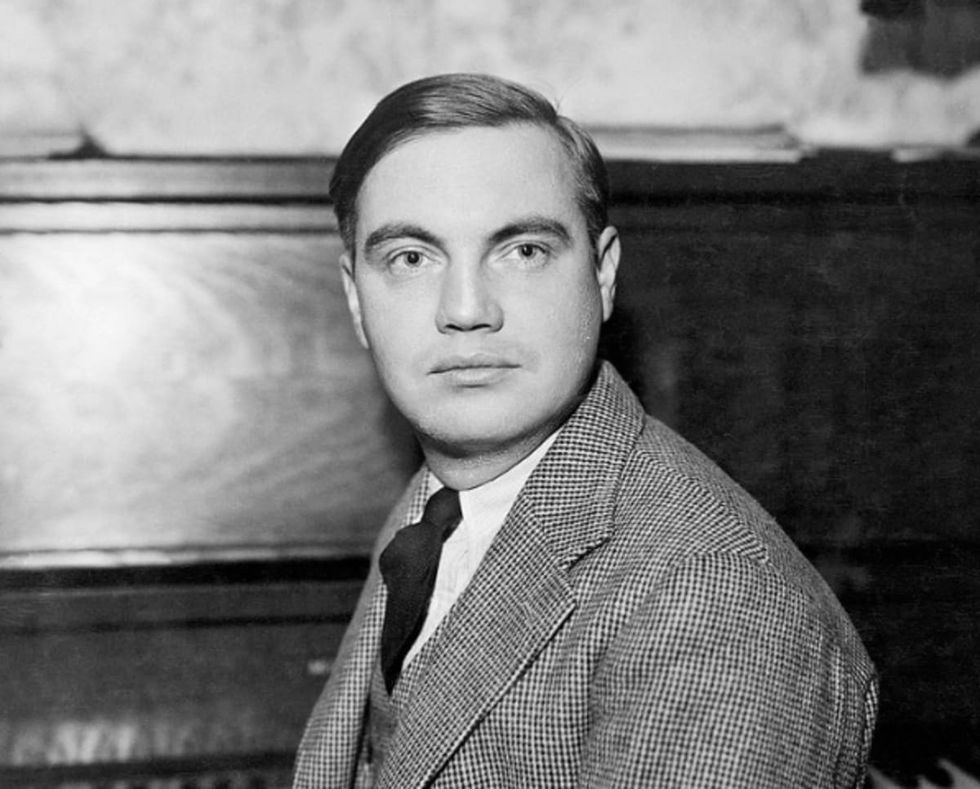
This was the idea behind "frequency hopping," a term that Lamarr coined. This would help the radio-controlled torpedoes because the Germans could block one signal but not a constantly changing one. The idea was rejected by the U.S. Navy which led the two entertainers to think that it was the end of their inventing days. However, the patent got a second life when Sylvania, an electrical manufacturer, used it to build a secure system for communicating with submarines in the 1950s. The technology then went on to be deployed in the U.S. warships during the Cuban Missile Crisis.
The idea of "frequency hopping" really took off when car phones came into use in the 1970s and the same technology was used for the earliest cell phone networks. By the 1990s, frequency hopping became the standard technology required for secure radio communications. According to Rhodes, "Hedy didn’t want money, but she did want recognition and it really angered her that nobody gave her credit for this important invention." However, in the 1990s, she finally got an award for her contribution. According to the National Women's History Museum, in 2014, Lamarr was inducted into the National Inventors Hall of Fame for inventing the frequency hopping technology.


















 Pictured: The newspaper ad announcing Taco Bell's purchase of the Liberty Bell.Photo credit: @lateralus1665
Pictured: The newspaper ad announcing Taco Bell's purchase of the Liberty Bell.Photo credit: @lateralus1665 One of the later announcements of the fake "Washing of the Lions" events.Photo credit: Wikimedia Commons
One of the later announcements of the fake "Washing of the Lions" events.Photo credit: Wikimedia Commons This prank went a little too far...Photo credit: Canva
This prank went a little too far...Photo credit: Canva The smoky prank that was confused for an actual volcanic eruption.Photo credit: Harold Wahlman
The smoky prank that was confused for an actual volcanic eruption.Photo credit: Harold Wahlman
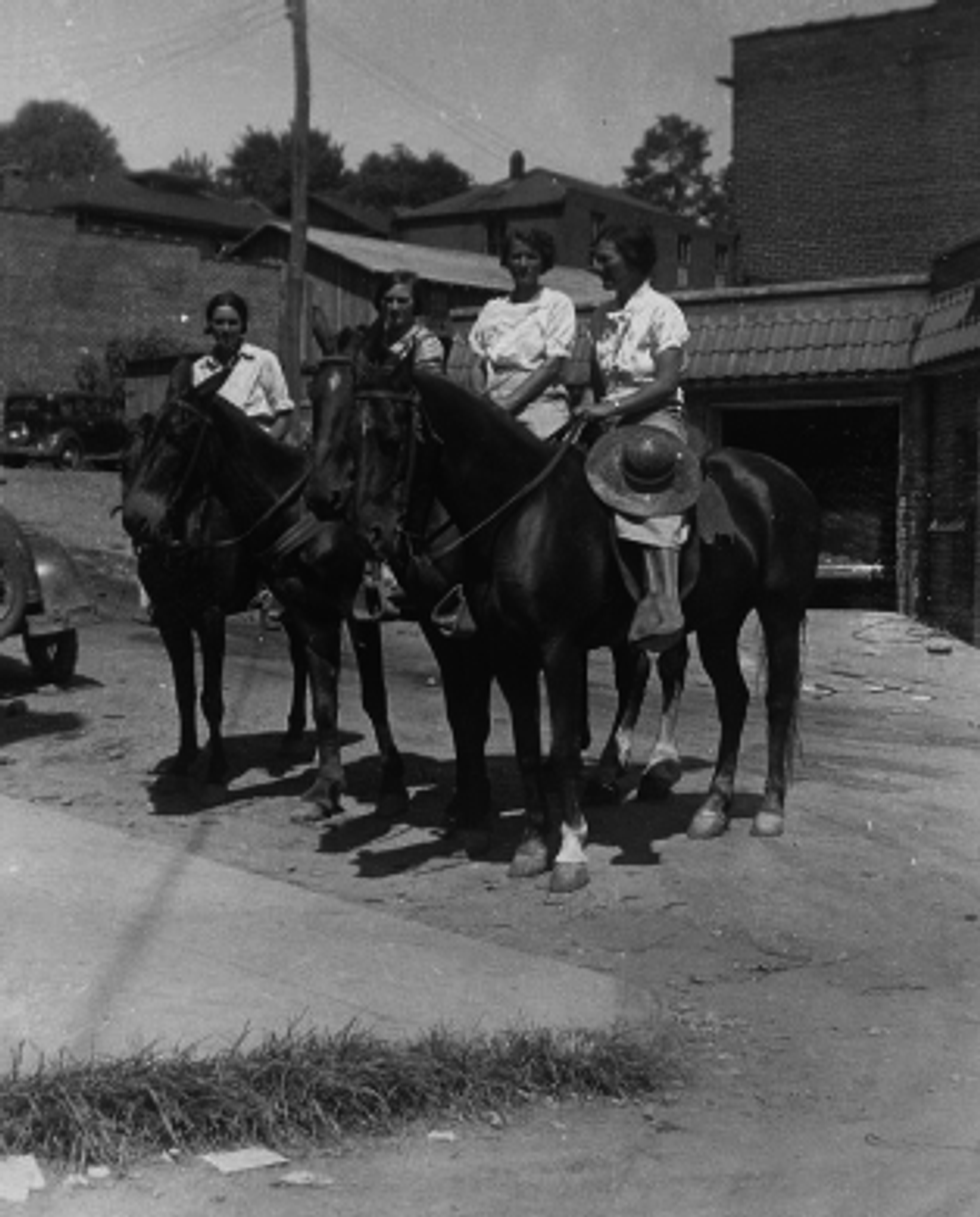 Packhorse librarians ready to start delivering books.
Packhorse librarians ready to start delivering books.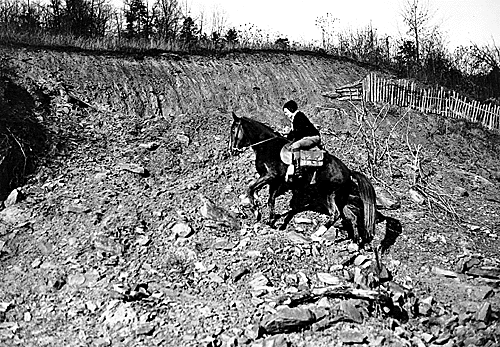 Pack Horse Library Project - Wikipedia
Pack Horse Library Project - Wikipedia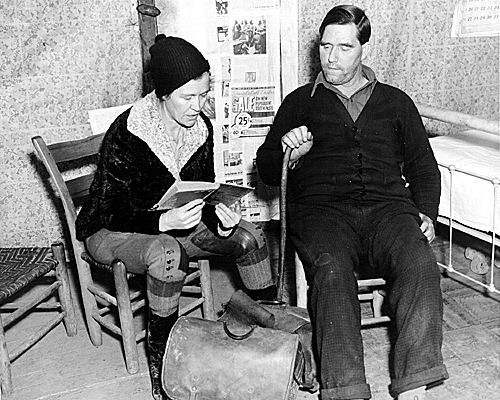 Packhorse librarian reading to a man.
Packhorse librarian reading to a man.
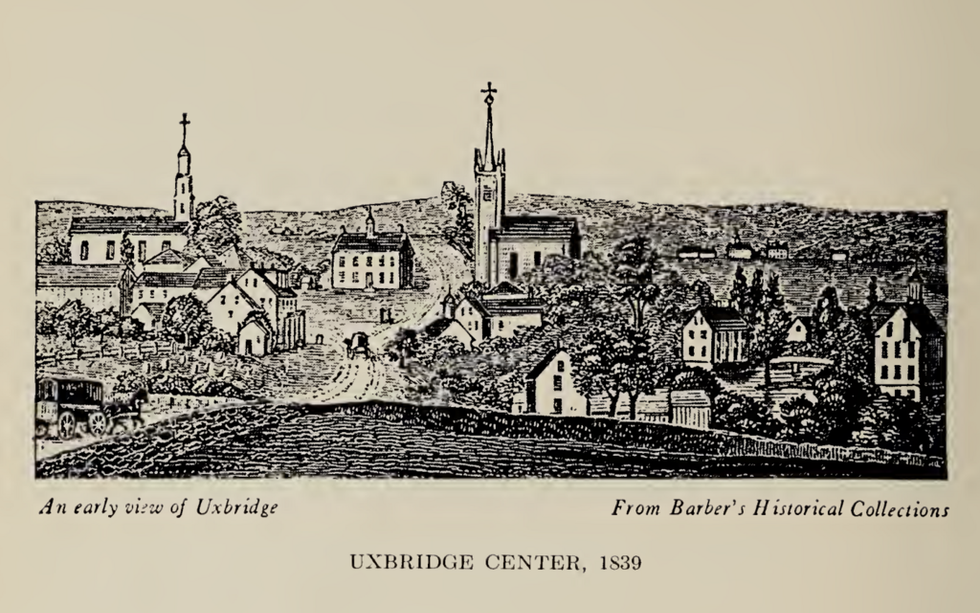 Fichier:Uxbridge Center, 1839.png — Wikipédia
Fichier:Uxbridge Center, 1839.png — Wikipédia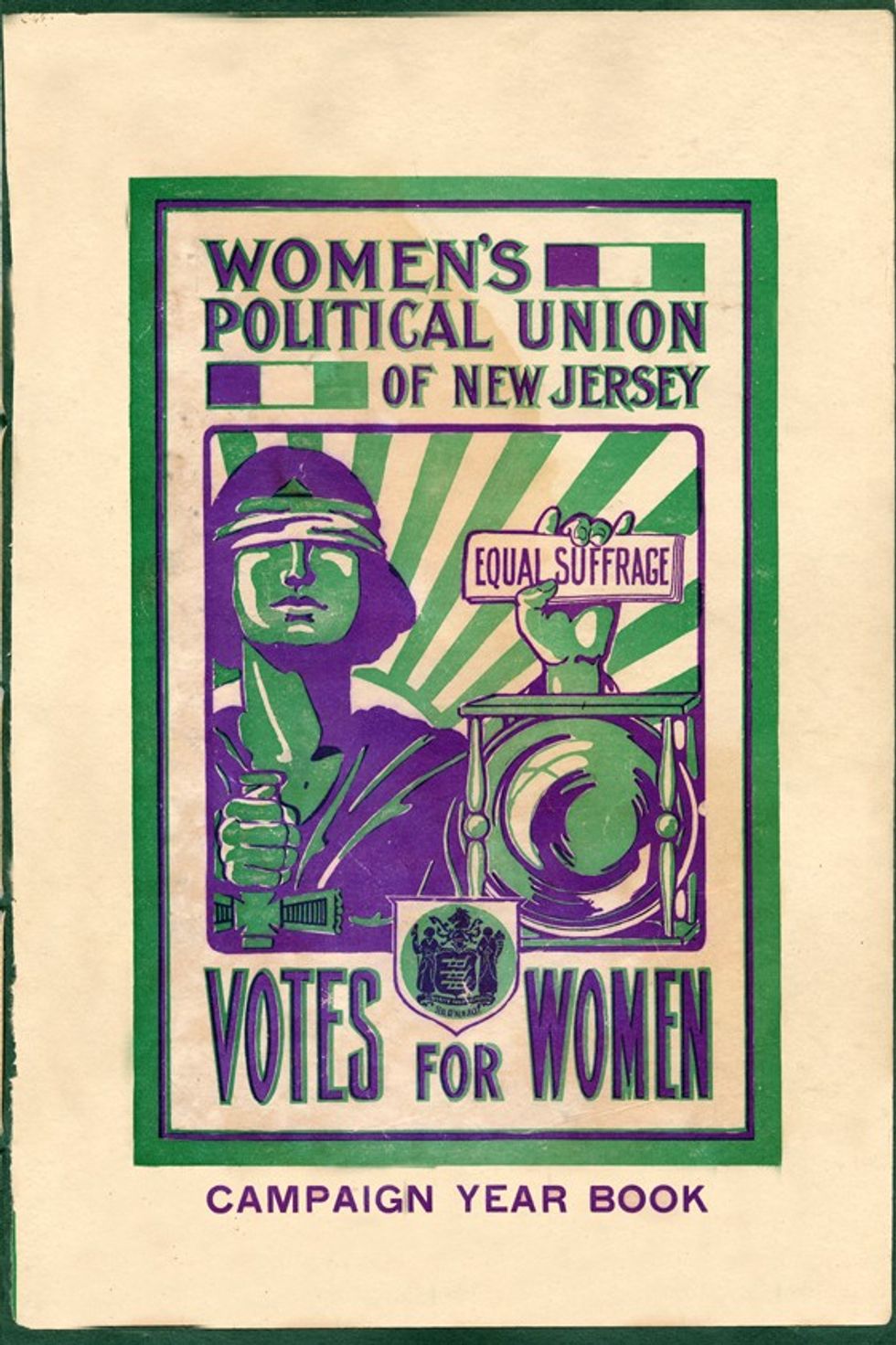 File:Women's Political Union of New Jersey.jpg - Wikimedia Commons
File:Women's Political Union of New Jersey.jpg - Wikimedia Commons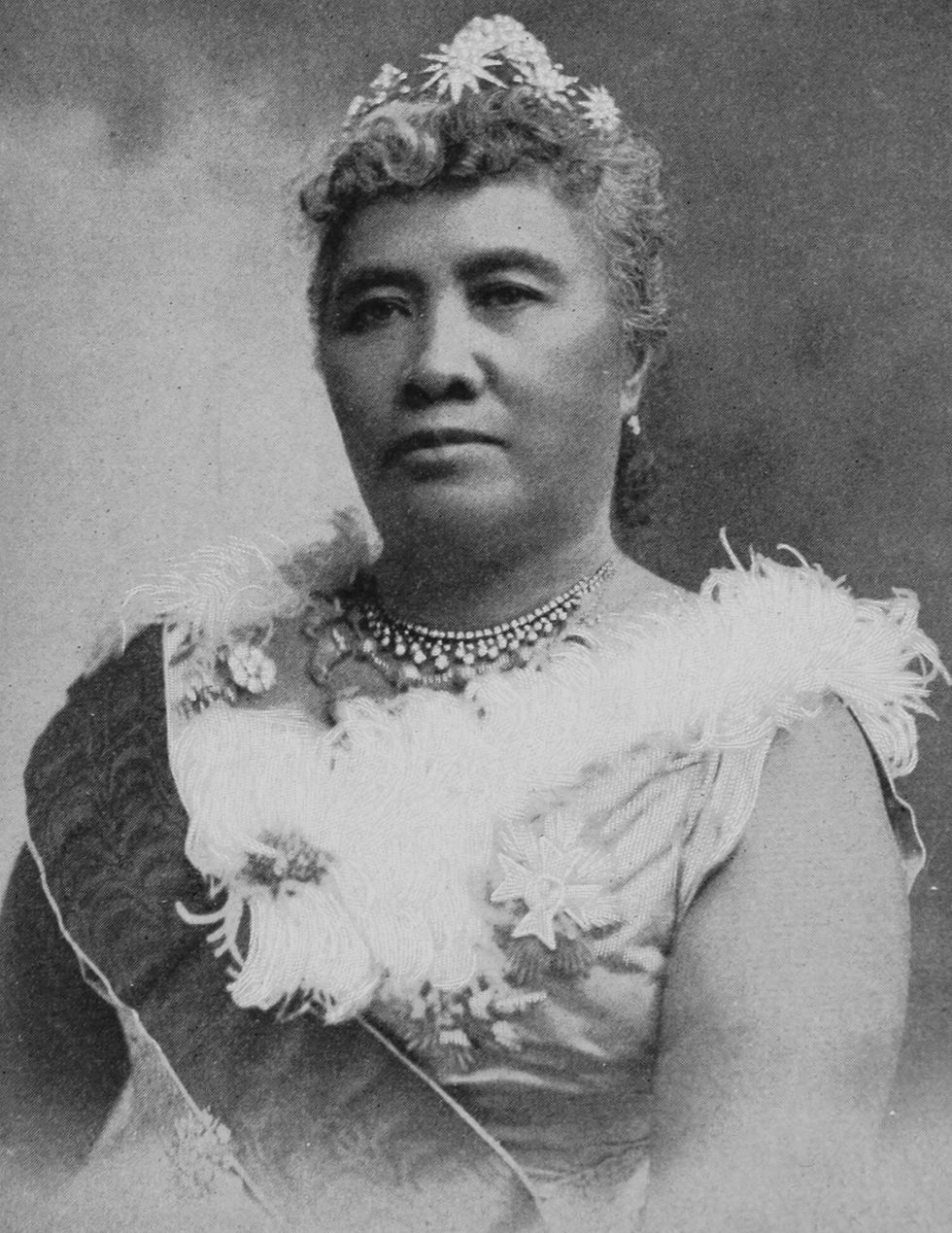 File:Liliuokalani, photograph by Prince, of Washington (cropped ...
File:Liliuokalani, photograph by Prince, of Washington (cropped ...
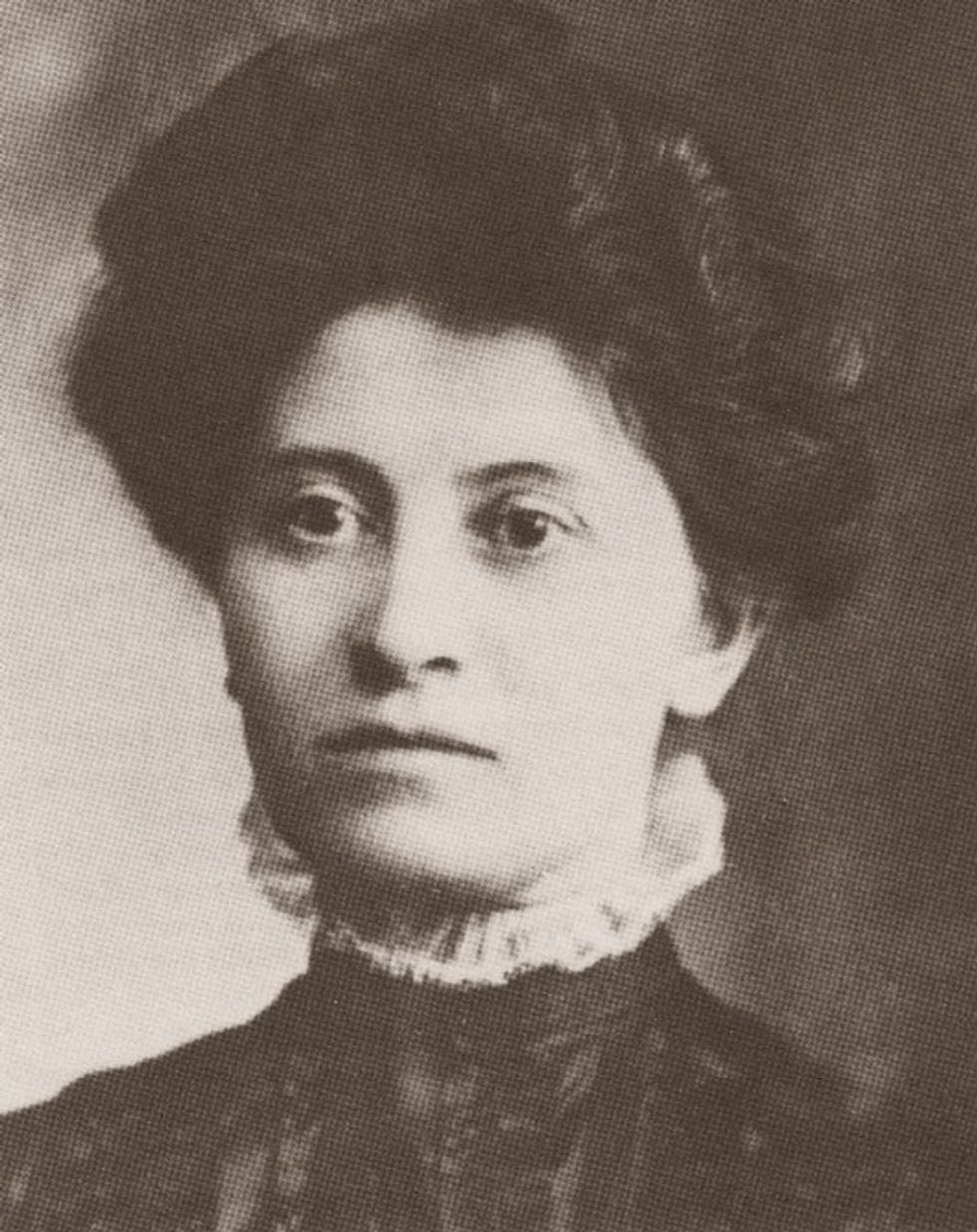 Theresa Malkiel
commons.wikimedia.org
Theresa Malkiel
commons.wikimedia.org
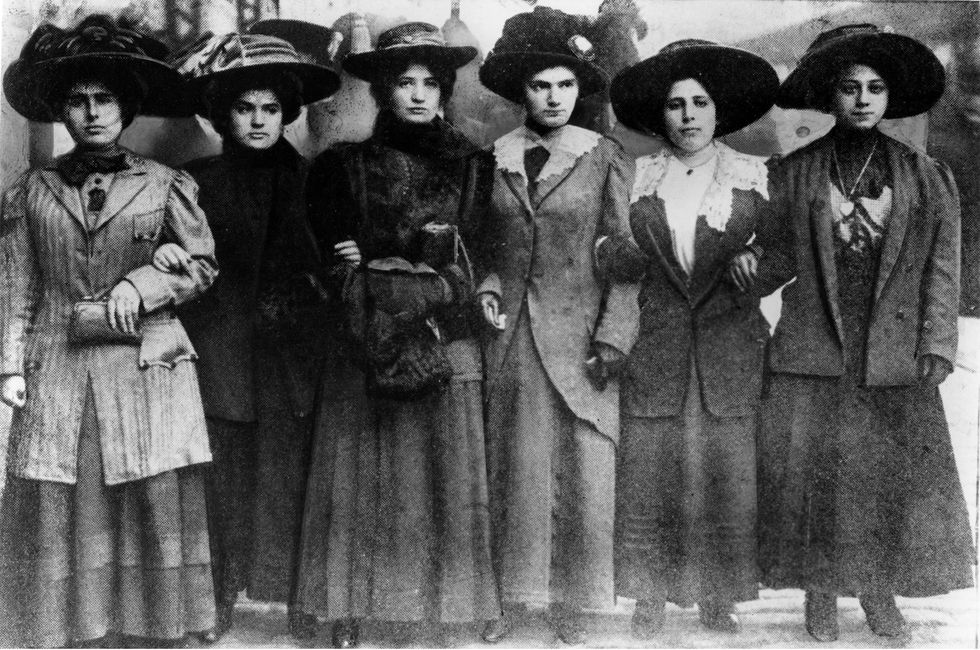 Six Shirtwaist Strike women in 1909
Six Shirtwaist Strike women in 1909
 U.S. First Lady Jackie Kennedy arriving in Palm Beach | Flickr
U.S. First Lady Jackie Kennedy arriving in Palm Beach | Flickr
 Image Source:
Image Source:  Image Source:
Image Source:  Image Source:
Image Source: 